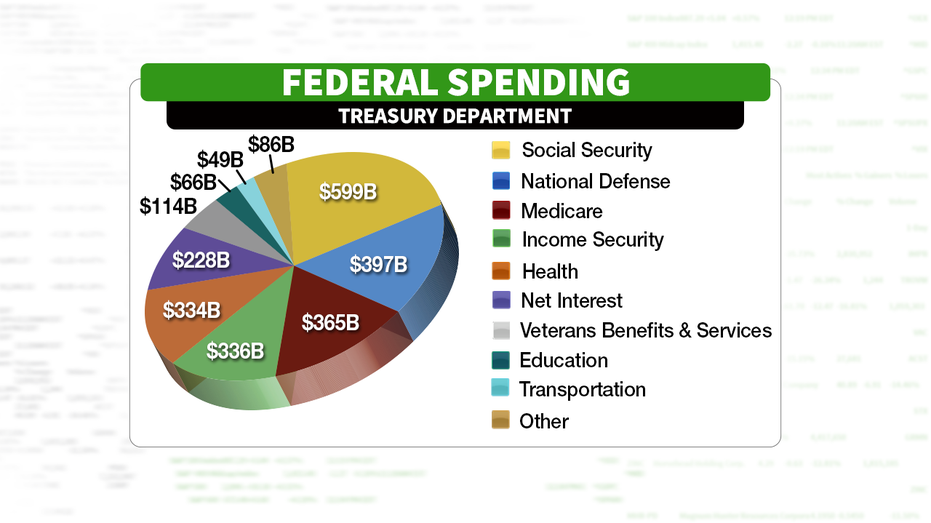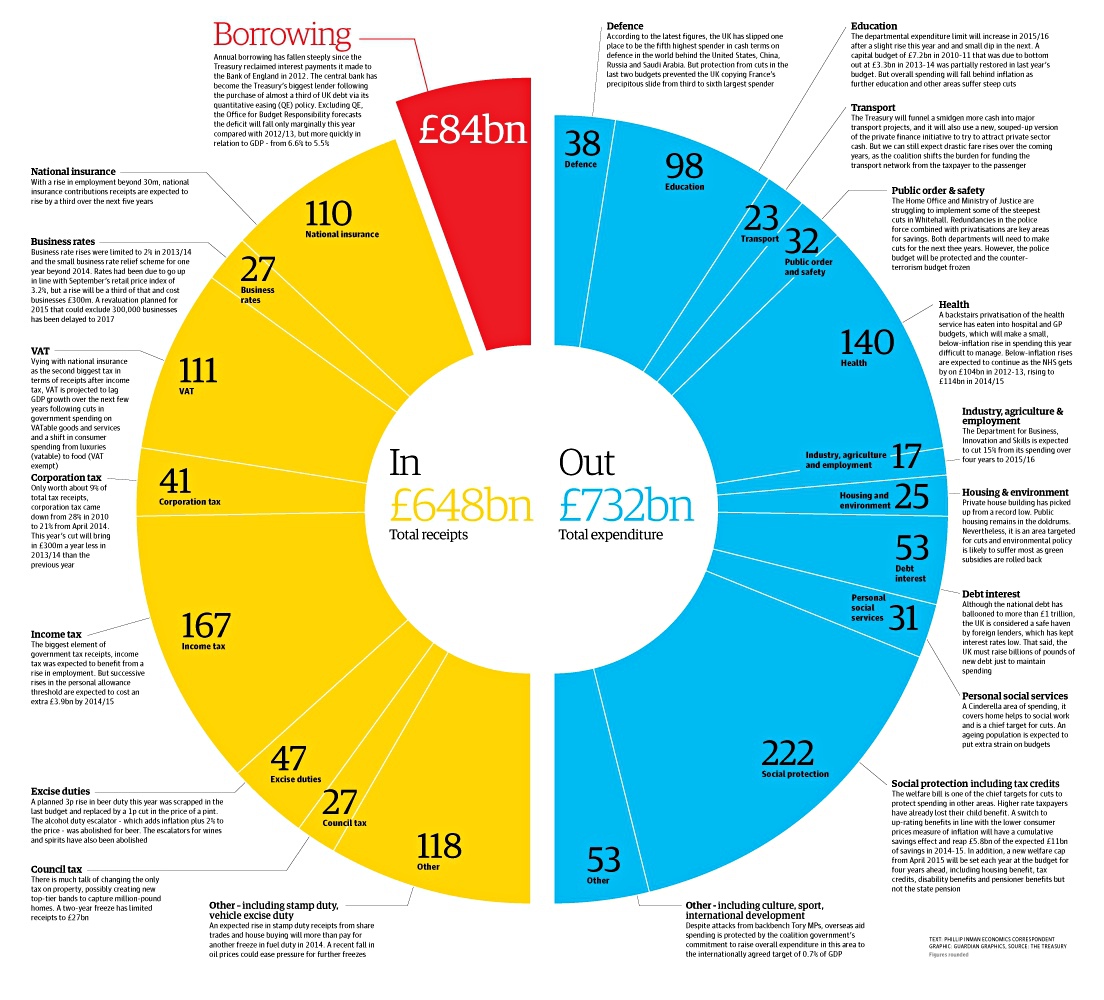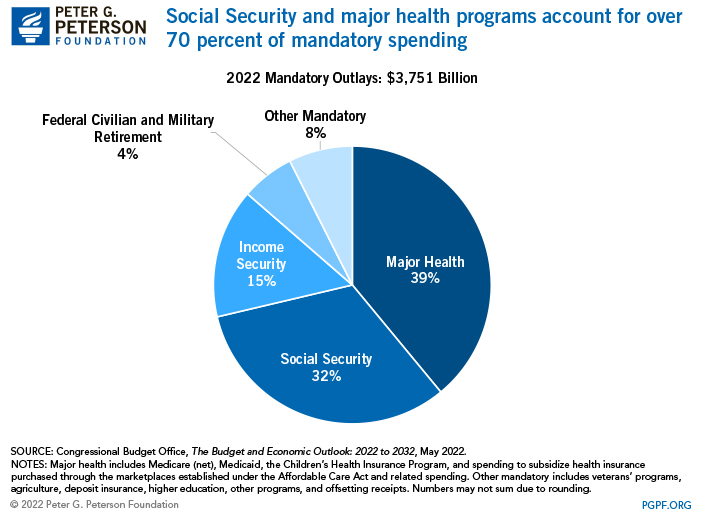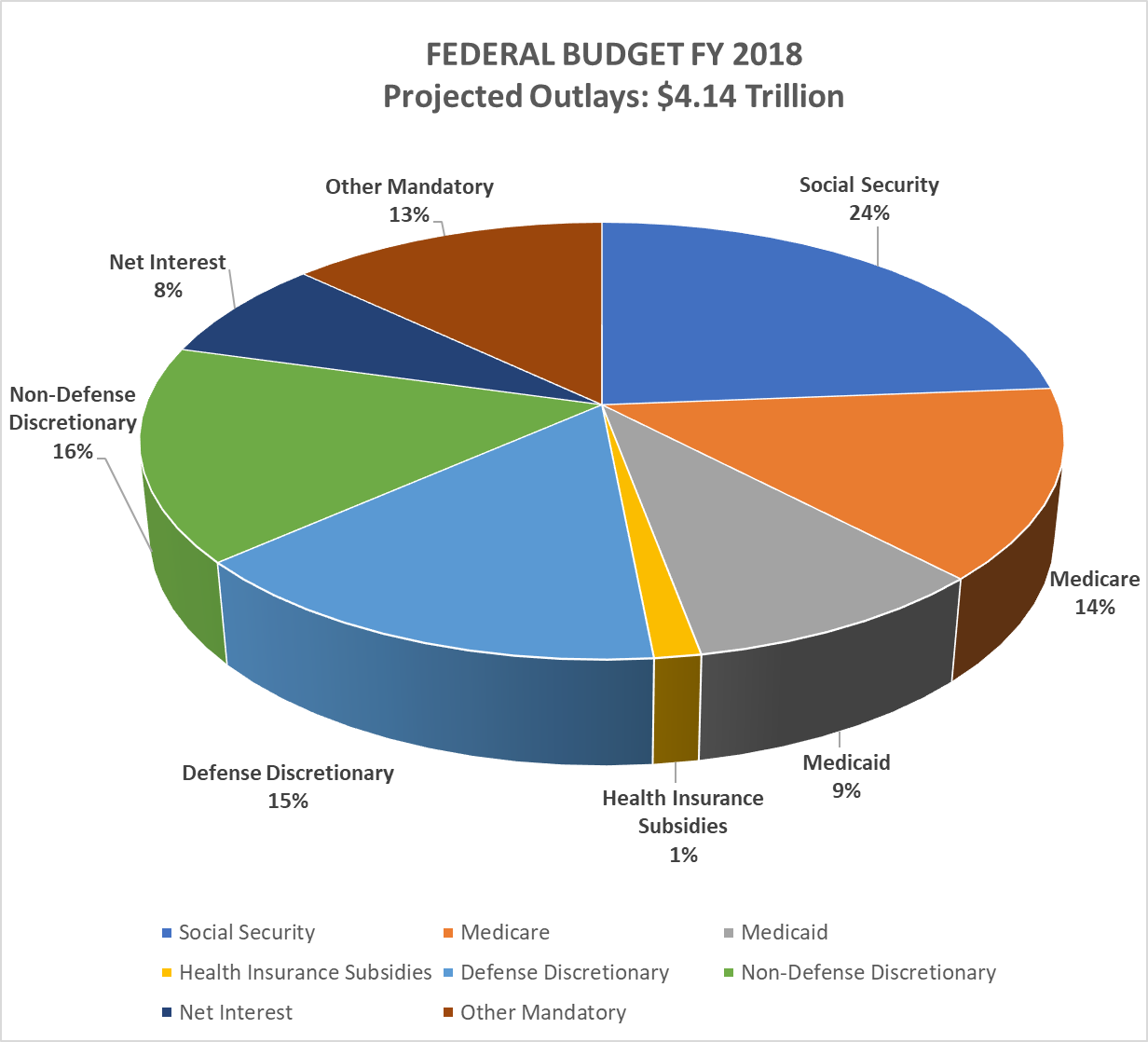

As we show in more detail later, this was the result of growth in social spending and was largely made possible by historical increases in government revenues over the same period. In the third period, between 1945-1980, public spending grew particularly fast. In the US, public spending as a share of GDP was 10.5% in 1941, then went up to 44.1% in 1945, and then went back down to 12.2% in 1948. Government expenditures as a share of national output went sharply up and down in these countries, mainly because of changes in defense spending and national incomes. In the second period, between 1915-1945, public spending was generally volatile, particularly for countries that were more heavily involved in the First and Second World Wars. These low levels of public spending were just enough for governments to be concerned with basic functions, such as maintaining order and enforcing property rights. In the US, for example, total government expenditure accounted for less than 2% of national income until 1916. In the first period, until the First World War, spending was generally low. If we focus on early-industrialized countries, we can see that there are four broad periods in this chart.
#Federal spending series#
’ but bear in mind that the series for most non-OECD countries are much shorter. You can plot other countries in this visualization by selecting ‘

The above-mentioned long-run series are complemented in this dataset by comparable recent estimates for most countries in the world. Non-OECD countries with available long-run data include Russia, India, Argentina, Brazil, Peru and Colombia. The long-run series in this dataset cover mainly, but not exclusively OECD countries. The visualization shows the evolution of government expenditure as a share of national income, for a selection of countries over the last century.

Public social spending as a share of GDP.Public education expenditure as share of GDP.Health spending as a share of total government expenditure.Government procurement as share of government expenditure, OECD.Government health expenditure as a share of GDP.General government procurement as a percentage of GDP, OECD.Expenditures on general government outsourcing as share of GDP.Education spending as a share of total government expenditure.Central government expenditure as share of GDP.

In the period 2005-2010 alone, the total value of PPP projects in low and middle-income countries more than doubled. And public-private partnerships (PPP), in particular, have become an increasingly popular mechanism for governments to finance, design, build and operate infrastructure projects. Recent data on public spending also shows that governments around the world often rely on the private sector to produce and manage goods and services. Relative to low-income countries, government expenditure in high-income countries tends to be much larger (both in per capita terms, and as share of GDP), and it also tends to be more focused on social protection. Recent data on public spending reveals substantial cross-country heterogeneity. In early-industrilized countries, specifically, the historical data shows that public spending increased remarkably in the 20th century, as governments started spending more resources on social protection, education and healthcare. The available long-run data shows that the role and size of governments around the world has changed drastically in the last couple of centuries. We begin with an analysis of historical trends, and then move on to analyze recent developments in public spending patterns around the world. In this entry we study public spending through the lens of aggregate cross-country data on government expenditures. Public spending enables governments to produce and purchase goods and services, in order to fulfil their objectives – such as the provision of public goods or the redistribution of resources.


 0 kommentar(er)
0 kommentar(er)
